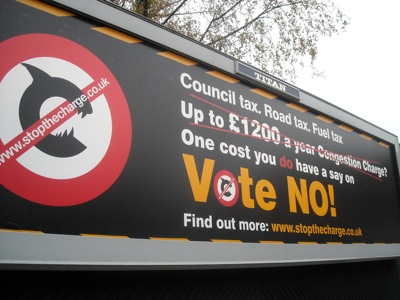Last week, the Antiplanner examined the American grocery industry. That post showed that you can find at least ten different classes of grocery stores (if you count Jungle Jim’s as its own class), ranging from about 2,500-square-foot convenience stores to Jim’s 250,000-square-foot behemoth.

If some government agency tried to plan the distribution of groceries to all the households in the country, how would they do it? Would they come up with a system that offered towns as small as 1,500 people access to 30,000 different products in one store? Not likely.
We know that, in the centrally planned Soviet Union, the typical grocery store of the 1980s featured only about a dozen different products on its shelves at any given time. To buy something from one of these stores, customers had to stand in three lines: one to order the product, one to pay for it, and one to pick it up.
Fortunately, no one in America planned our system of grocery distribution. Instead, today’s supermarkets and supercenters are the product of more than a century of grocery evolution. Many of the key ideas found in today’s grocery stores can be traced to individual entrepreneurs, but it is likely that if one entrepreneur had not introduced each idea, someone else would have a year or two later.
Continue reading →











